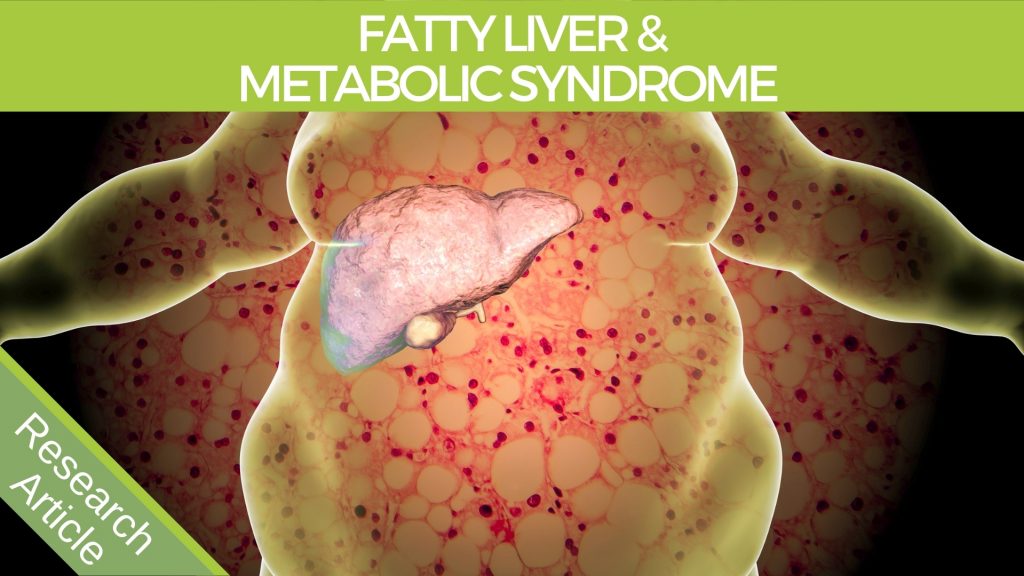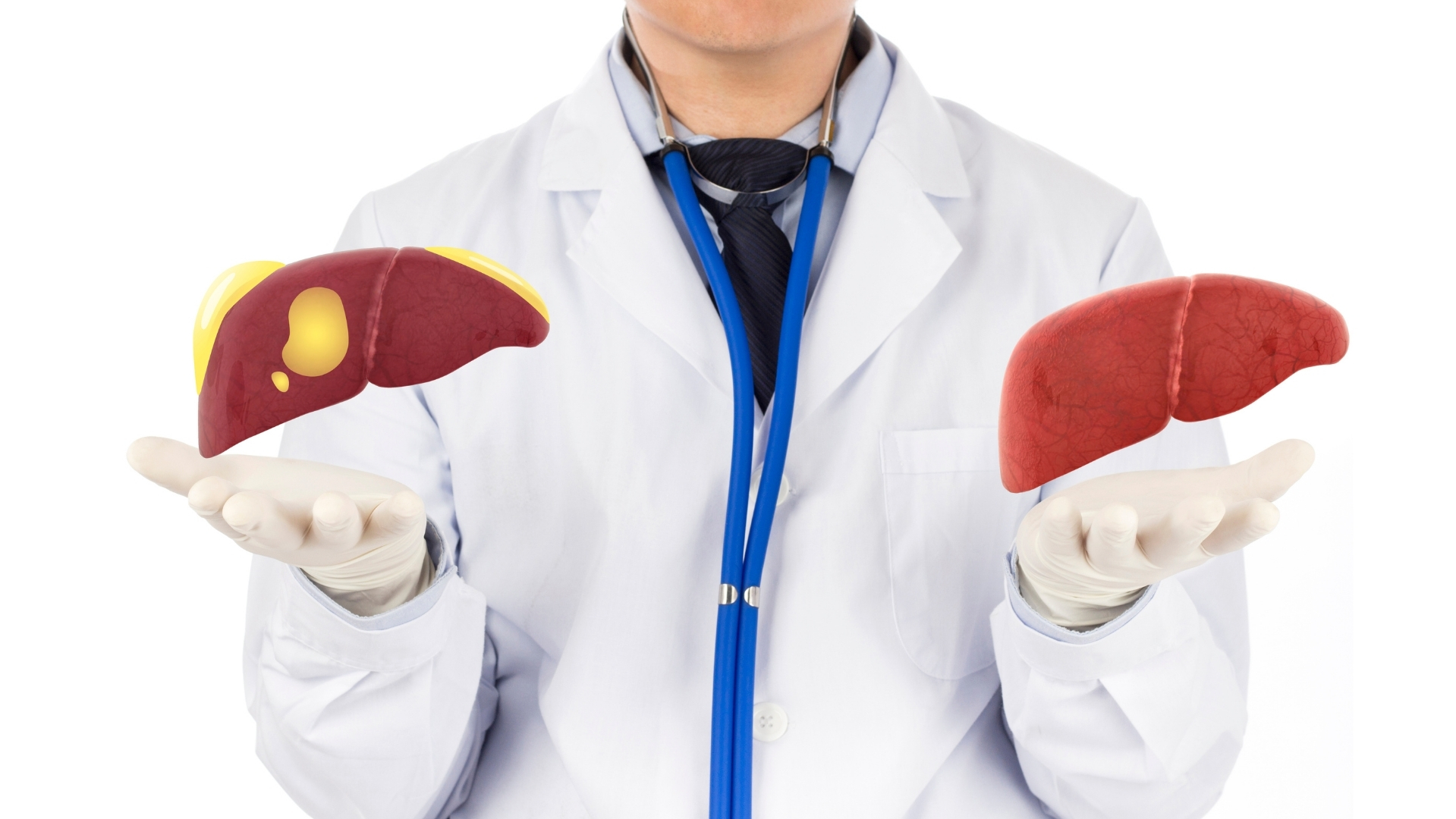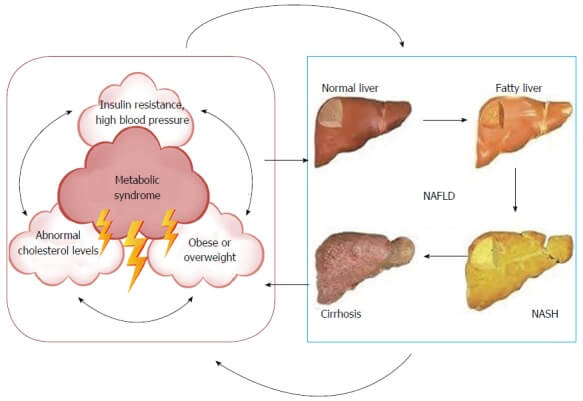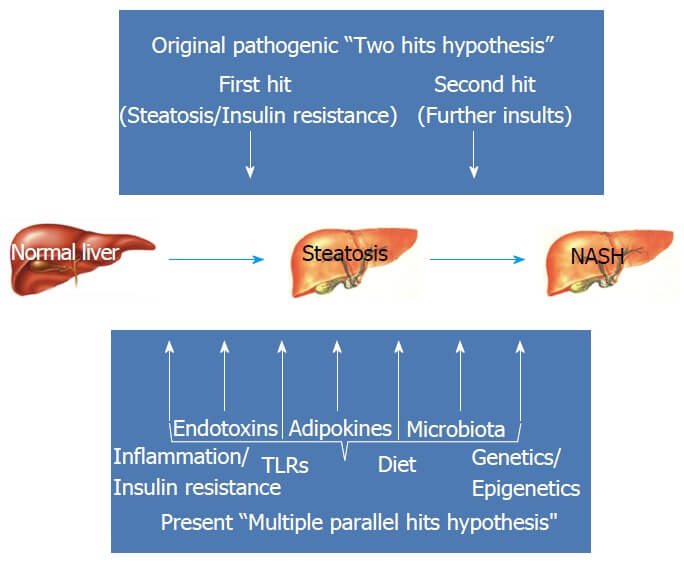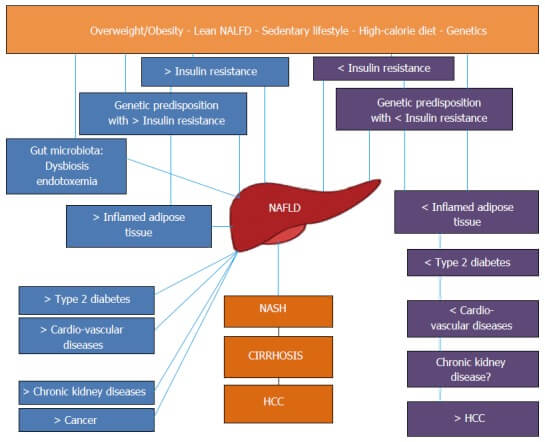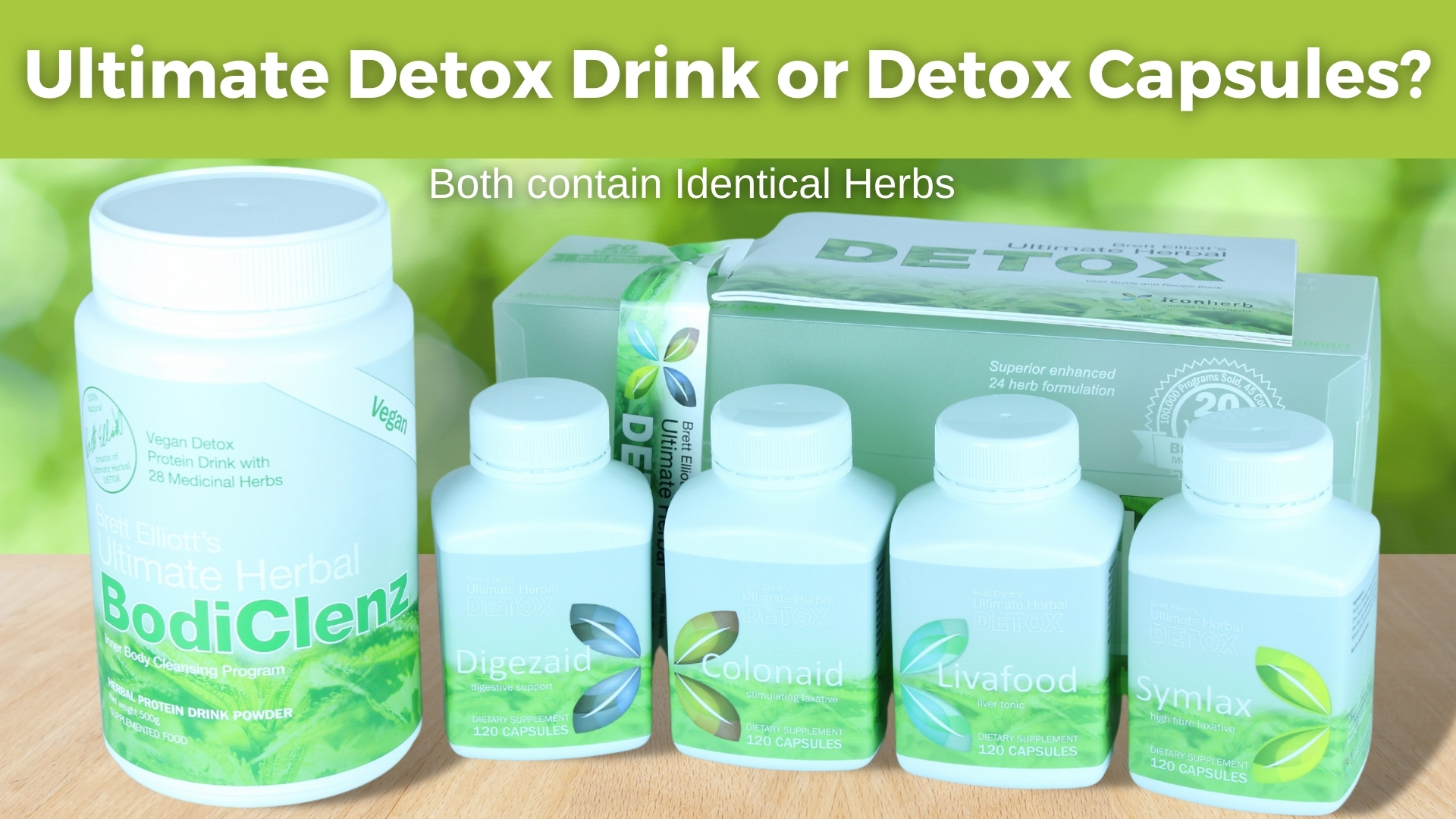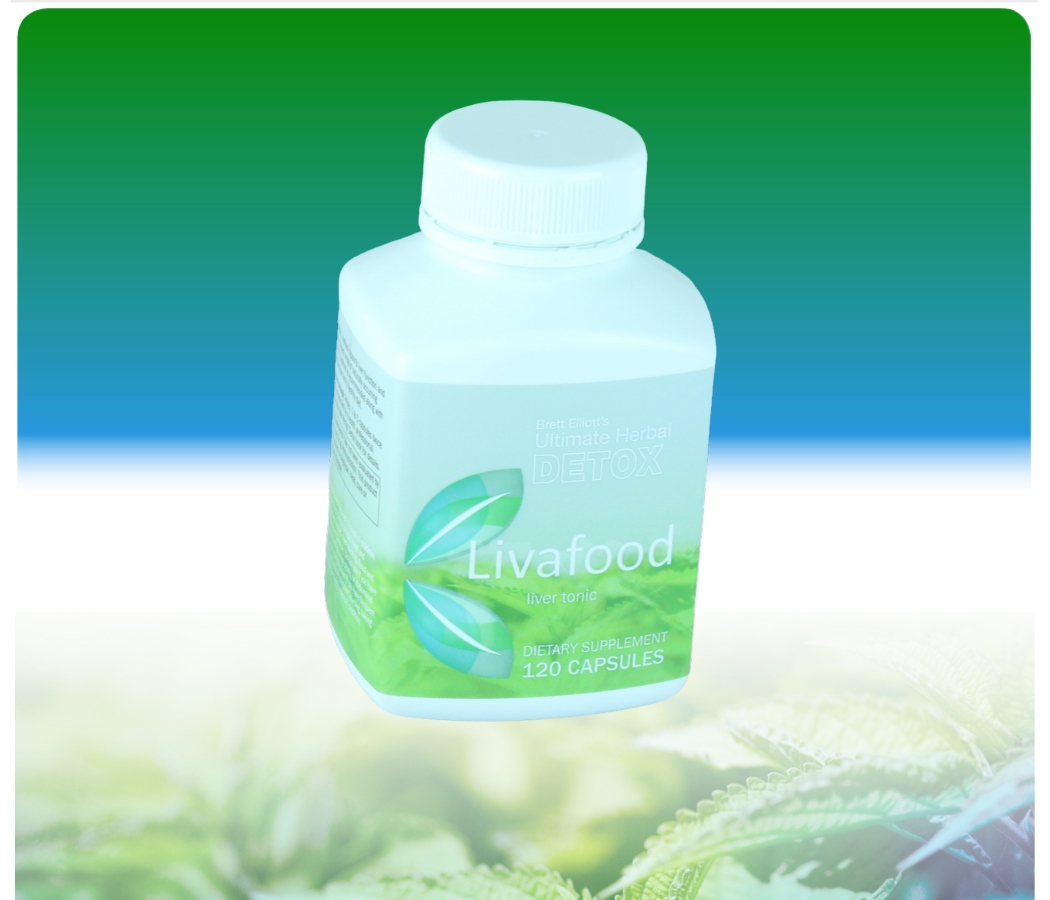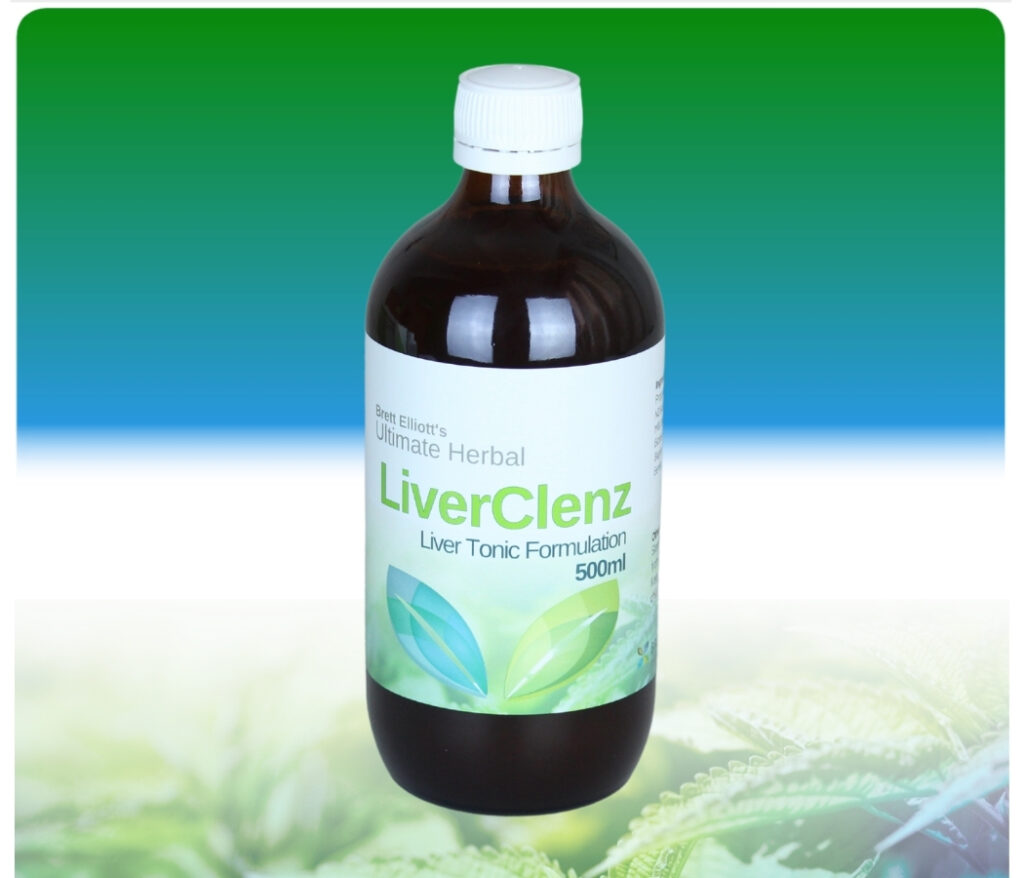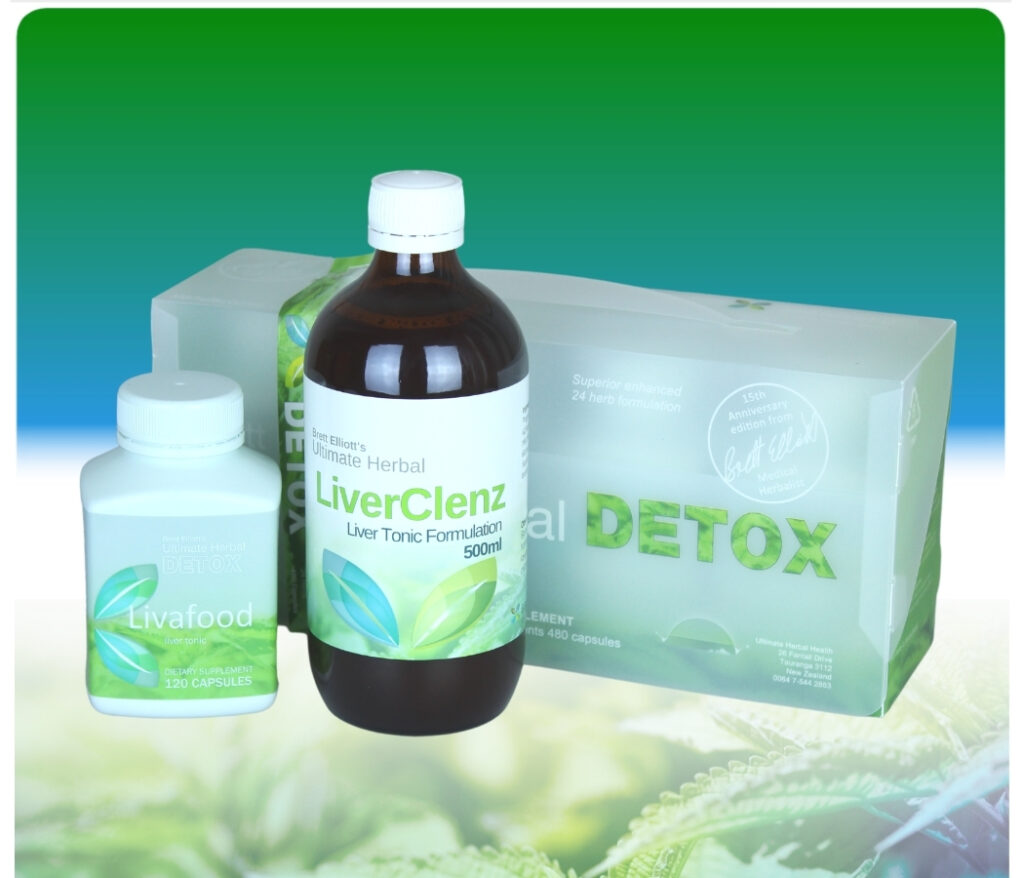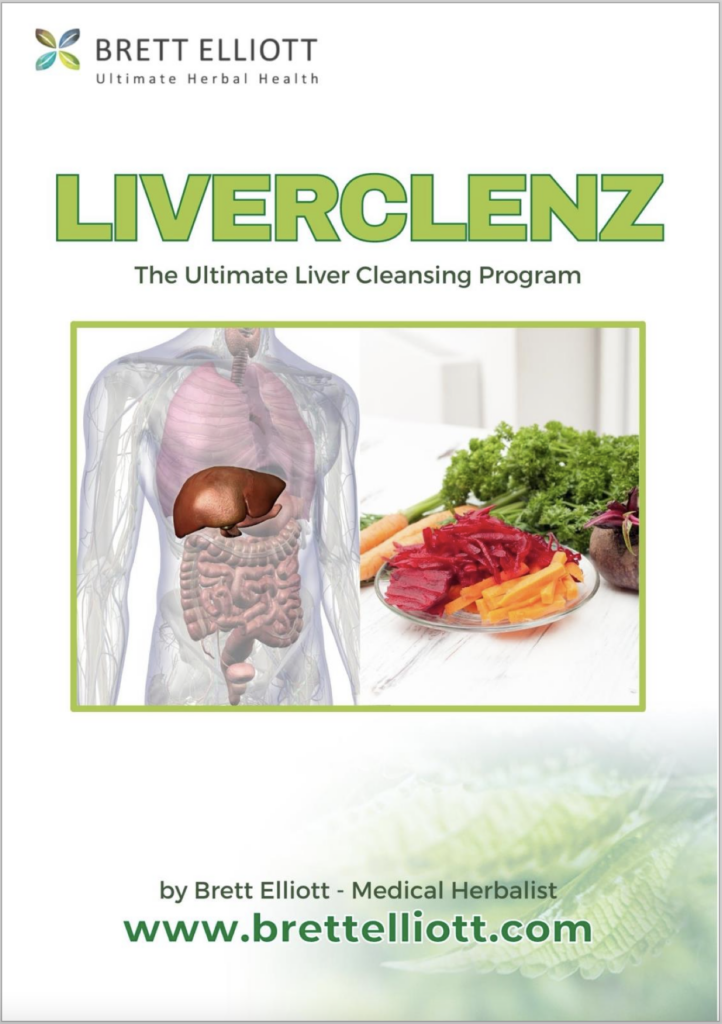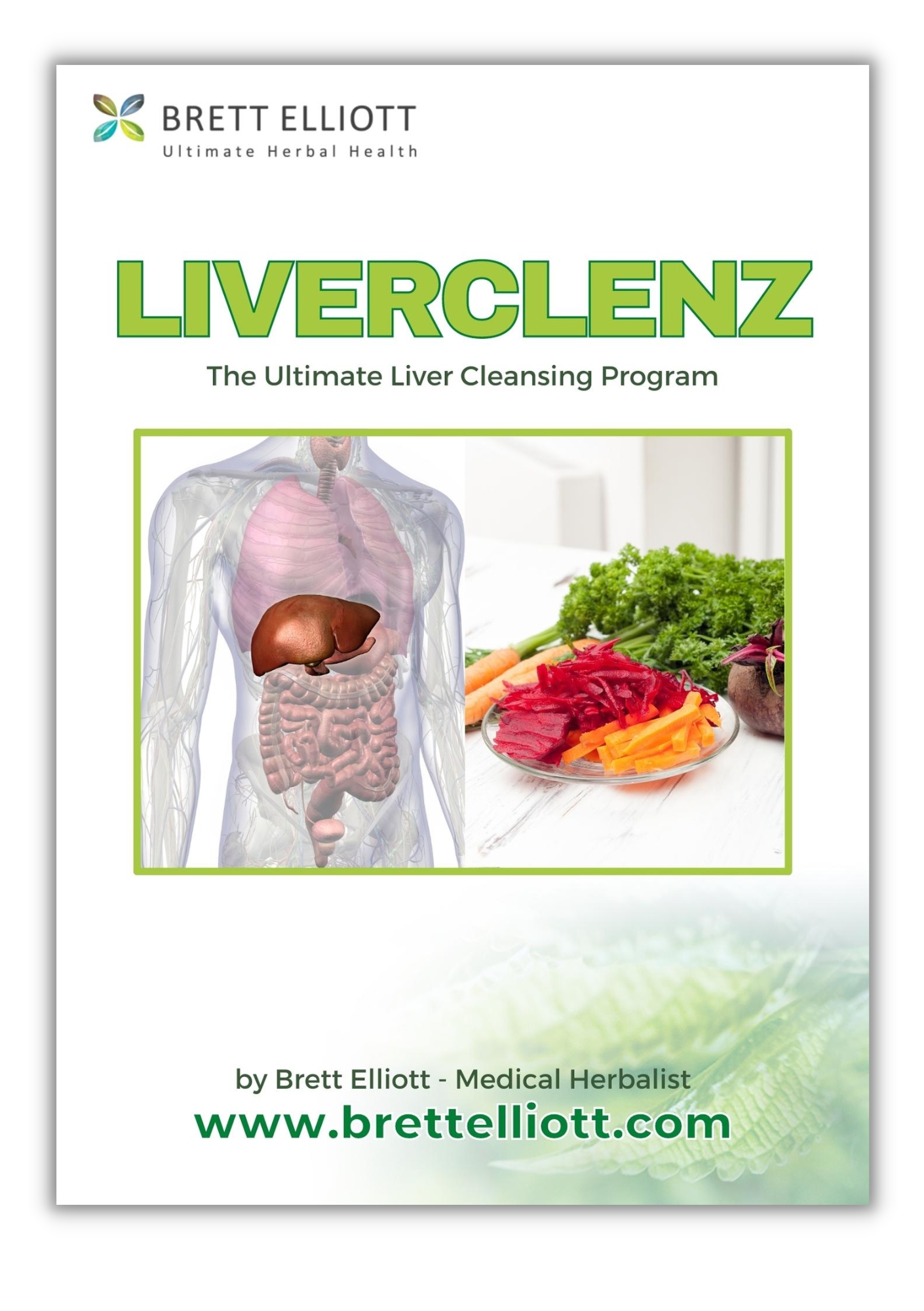- 9 months ago
- 7Minutes
- 1377Words
- 791Views
The Ultimate LiverClenz Program
- Cholesterol-Induced Non-Alcoholic Fatty Liver Disease and Atherosclerosis Aggravated by Systemic Inflammation. PUBMED https://www.ncbi.nlm.nih.gov/pmc/articles/PMC4046981/
- Nonalcoholic fatty liver disease: Evolving paradigms. PUBMED https://www.ncbi.nlm.nih.gov/pmc/articles/PMC5643282/
- Dietary trans-Fatty Acid Induced NASH is Normalized Following Loss of trans-Fatty Acids from Hepatic Lipid Pools. PUBMED https://www.ncbi.nlm.nih.gov/pmc/articles/PMC3473077/
- Red meat consumption and risk of Nonalcoholic Fatty Liver Disease in a population with low meat consumption: the Golestan Cohort Study. PUBMED https://www.ncbi.nlm.nih.gov/pmc/articles/PMC8460710/
You’ve probably heard of a Fatty Liver, but it’s generally not something we talk about much or understand very well.
Fatty Liver Disease is another unexposed epidemic that can be fatal and really needs to be brought to our attention.
There are also strong connections between Fatty Liver Disease and another epidemic ‘Metabolic Syndrome’ both of which can lead to an early death.
You may have heard of the superstar George Michael who died in 2016. A senior coroner in Oxfordshire attributed the death to natural causes as the result of a dilated cardiomyopathy with myocarditis (an inflamed heart) and a Fatty Liver. Another light went out too soon.
A bi-annual detox and cleanse is the best preventative measure we could take, as this not only flushes fats from the Liver but also encourages improved eating habits.
Let’s explain how Fatty Liver occurs.
What is Fatty Liver Disease?
Specifically, we will talk about what is called ‘Non-alcoholic Fatty Liver Disease’ (NAFLD) which is a Fatty Liver without associated alcoholic Liver damage.
NAFLD is a pandemic disease worldwide, which has been paralleling the ongoing epidemics of obesity, Type 2 Diabetes, and Metabolic Syndrome. (2)
The prevalence of NAFLD approaches 25%-30% in Europe and United States general populations, but this figure surges to 80%-90% in selected groups with Metabolic Disease.
Patients with NAFLD have an increased risk of premature cardiovascular as well as Liver-related death. (2)
NAFLD features excess liver triglyceride deposition in patients who are free of other Liver diseases.
The Fatty Liver Cholesterol Connection
Apart from high Cholesterol, your doctor may also report that you have high triglycerides. The problem with this is there is a strong connection with high triglycerides, high cholesterol, and Fatty Liver disease. It’s worth understanding this a little more. (1)
Patients with NAFLD have an increased risk of cardiovascular disease because these diseases share several risk factors. In addition, NAFLD is often associated with the presence of plaques around the heart. Non-alcoholic Fatty Liver disease (NAFLD) is common in the general population, and it also commonly occurs in overweight people with Metabolic Syndrome. (1)
There is a cycle of events connected with the Metabolic Syndrome pattern which leads to the progression of NAFLD. We will talk about these further below.
Read more about Metabolic Syndrome
The causes and progression of NAFLD
It has been traditionally accepted that the progression of NAFLD was based on the “two-hit hypothesis”.
The first hit:
This involves triglyceride accumulation within the liver cells, which results in simple fat stagnation (steatosis). This is mainly attributed to insulin resistance associated with obesity and it increases the vulnerability of the liver to further injury. (1)
The second hit:
Primary liver toxicity, caused by oxidative stress from increased lipid peroxidation, liver cell dysfunction, and the associated inflammation. (1)
Progression to steatohepatitis (NASH) which is Fatty Liver-related hepatitis and fibrosis may subsequently occur in response to these biological processes. Many of the biological conditions involved in the development of NAFLD, including insulin resistance and inflammatory cytokines, exert the same effects on arteries, resulting in atherosclerosis. This may help explain the association between NAFLD and Cardiovascular disease. (1)
More recently it has been theorized that NAFLD is rather a multi-factorial, non-communicable disease resulting from a complex interaction between multiple environmental and metabolic “hits” and a predisposing genetic background. (2)
A “multiple parallel hits hypothesis” seems more appropriate to describe the complexity of NAFLD progression, which results from numerous events originating within the Liver, adipose tissue, gastrointestinal tract, and the muscle. (2)
An unhealthy lifestyle, characterized by sedentariness and a high-calorie diet, is crucial for NAFLD development and progression. The imbalance between calorie intake and expenditure causes increased fat deposits, which become inflamed and insulin-resistant and release increased amounts of free fatty acids into the bloodstream, leading to fat accumulation in the Liver, skeletal muscles, and pancreas. (2) A different approach to diet can help the fatty liver.
An unhealthy lifestyle also results in gut dysbiosis, i.e. changes in gut microbiota composition. In NAFLD changes in functional aspects of gut microbiota have all been described. Gut microbiota may contribute to the development and progression of NAFLD.
While cardiovascular mortality is the leading cause of death in NAFLD patients, malignancies, mainly affecting the gastrointestinal tract (Liver, Colon, Esophagus, Stomach, and Pancreas) and extra-intestinal sites (Kidney in men, and Breast in women) rank second. The fatal problem results when NASH resulting in Liver cirrhosis (severe inflammation resulting in tissue scarring) ultimately sets the stage for Cancer.
Dietary Fats
Experiments in mice have shown that dietary trans-fats could play a role in non-alcoholic steatohepatitis (NASH) (3)
In another study, high total red meat consumption was associated with FLD whereas white meat, (chicken or fish) was not. (4)
As you can see Fatty Liver disease is not just a singular symptom resulting from an isolated cause, but a multi-faceted disease involving many factors indicated by the diagram below.
It is important to turn this complex lifestyle condition around before this cascade of events is triggered.
The Ultimate Liver Detox program can act as a Treatment for Fatty Liver
Herbal supplements that address the entire digestive system indirectly support the Liver. By acting as a fatty liver detox, clearing undigested, built-up matter from the colon these herbs will reduce the amount of re-circulating waste substances straining the Liver.
The Ultimate Herbal Detox and BodiClenz
The Ultimate Herbal Detox or BodiClenz programs both give the benefits of most of the very effective herbs we have talked about, including Milk thistle, Globe Artichoke, Goldenseal, Dandelion, Wormwood, Turkish Rhubarb, Kiwifruit, and Barley grass. It is the combination of these foods along with the specific foods mentioned above which give you an excellent liver cleansing program.
You should use these programs over 14-days following what’s called the Deep Cleanse Program. Read more about the Deep Cleanse program here
LivaFood Tonic Capsules
Livafood is a nutrient-rich formulation that supports liver function and provides a broad range of naturally occurring nutrients including superoxide dismutase which supports phase 2 liver detoxification plus 700mg of Milk Thistle herb per capsule. The addition of Cilantro and Chlorella promotes the process of a heavy metal detox, helping to remove lead and mercury.
Ingredients: Barley grass (Hordeum vulgare), Globe Artichoke (Cynara scolymos) root, Dandelion (Taraxacum officinale) root, Cilantro (Coriandrum sativum), Chlorella (Chlorella Vulgaris), Golden Seal (Hydrastis canadensis) root, Milk thistle (Silybum marianum) seed.
Take 4 capsules daily for one month directly after completing the Ultimate Herbal Detox or BodiClenz 14-day Deep Cleanse.
LiverClenz Liquid Tonic
LiverClenz Liquid Tonic contains a blend of classic liver tonic herbs formulated by Brett Elliott, Medical Herbalist.
The formula includes the following herbs: LIcorice, Milk thistle, Dandelion, Bupleurum, Andrographis, Gentian, Goldenseal, Hops.
Take 10ml three times daily alongside the 14-day Deep cleanse program
LiverClenz The Ultimate Herbal Detox Combo Program
Get all of the above products in one complete package for a full 6 week Liver detox program. This combo deal is discounted by 30%
Can you Detox and Heal your Liver?
YES, your liver can become toxic and toxin-induced liver disease is a huge global problem.
Find out what you can do naturally to combat toxic liver damage and more, including
- What does the liver do?
- What causes liver damage?
- What is hepatotoxicity?
- How do drugs destroy your liver?
- Which herbs can help protect the liver?
- What foods help the liver function?
Doctors and Detox skeptics who say “You can’t Detox your liver” can now do their homework.
For those of you who feel constantly tired, have high cholesterol, fatty liver or recovering from hepatitis, alcohol or chemical toxicity, drug damage or just have that foggy headache that won’t go away, this could be the answer.

